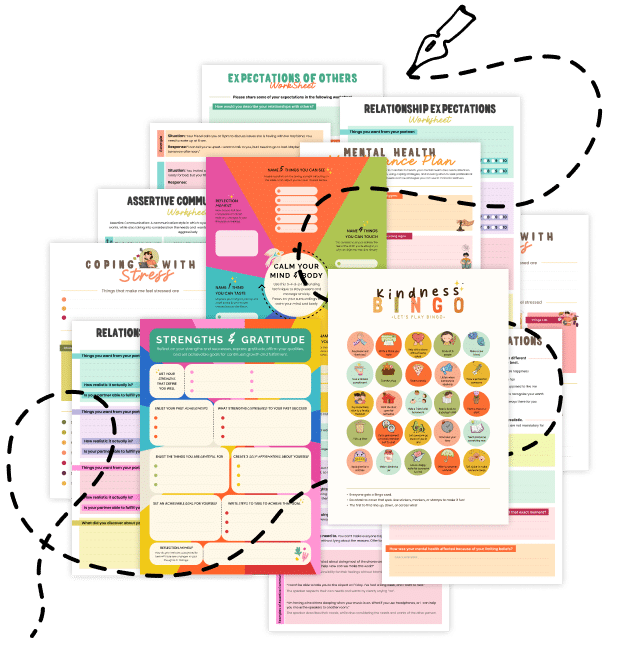20 Things About Repetitive Negative Thinking Loops
Enhance your mental well-being by understanding Repetitive Negative Thinking Loops—what they are, why they occur, and how you can break the cycle to improve your mental clarity and resilience. These loops involve recurring, often automatic negative thoughts that can drain your energy, affect your mood, and interfere with daily functioning.
1. What Are Repetitive Negative Thinking Loops?
These are cycles where negative thoughts keep recurring without resolution, trapping your mind in a loop of worry and self-doubt.
2. The Nature of Rumination
Often, these loops manifest as persistent rumination—revisiting past mistakes or negative experiences repeatedly.
3. A Cycle of Worry
They create a self-perpetuating cycle where worry fuels more negative thinking, deepening anxiety over time.
4. Impact on Mental Health
Repetitive negative thinking is linked to higher levels of stress, anxiety, and depression, impacting overall mental health.
5. Effects on Cognitive Performance
Constant negative thoughts can tax your brain, reducing focus, creativity, and decision-making abilities.
6. Emotional Distress as Fuel
Strong negative emotions can trigger and intensify these loops, making them harder to escape.
7. Automatic Thought Patterns
These loops often operate on autopilot, with your mind automatically revisiting the same negative themes.
8. Influence on Decision-Making
Overthinking and self-doubt can lead to indecision or poor choices as you get stuck in negative patterns.
9. Disruption of Sleep
Persistent negative thinking can disturb your sleep, leading to fatigue and reduced mental resilience.
10. Physical Manifestations
The stress from these loops may show physically as tension, headaches, or other stress-related symptoms.
11. Recognizing Your Patterns
Self-awareness is key—identifying when you’re caught in a negative loop is the first step toward change.
12. Breaking the Cycle with Mindfulness
Mindfulness practices help you observe your thoughts without judgment, allowing you to interrupt these loops.
13. Cognitive Behavioral Strategies
Techniques like reframing negative thoughts and challenging irrational beliefs can weaken the loop over time.
14. The Value of Journaling
Writing down your thoughts can provide perspective and help you identify patterns that need change.
15. Seeking Professional Support
Therapy or counseling can offer structured strategies and support for breaking free from persistent negative thinking.
16. Practicing Self-Compassion
Treat yourself kindly; acknowledging that everyone has negative thoughts can reduce the harshness of self-criticism.
17. Using Distraction Techniques
Engaging in a fun or creative activity can help shift your focus away from negative thought cycles.
18. Establishing a Positive Routine
A structured daily routine with healthy habits can reduce the time your mind spends on unhelpful thoughts.
19. The Power of Small Changes
Even minor adjustments in perspective or behavior can gradually disrupt repetitive negative thinking patterns.
20. Related Topics to Explore
- Cognitive Defusion – Techniques to detach from negative thoughts.
- Emotional Granularity – Understanding and labeling your emotions precisely.
- Self-Talk Restructuring – Transforming negative internal dialogue into constructive self-talk.
- Mindful Acceptance – Embracing your thoughts without judgment to reduce their impact.
- Metacognitive Monitoring – Enhancing awareness of your thought patterns for better control.
Quick Tips to Break Repetitive Negative Thinking Loops
- Practice Mindfulness: Regular mindfulness exercises can help you observe your thoughts without getting caught up in them.
- Challenge Negative Thoughts: Actively question and reframe your negative beliefs with evidence-based reasoning.
- Engage in Physical Activity: Movement and exercise can clear your mind and boost your mood.
- Journaling: Write down your thoughts to gain clarity and identify recurring patterns.
- Seek Support: Talk to a trusted friend or professional for perspective and guidance.
Embrace these insights and tips to break free from repetitive negative thinking loops, paving the way for improved mental clarity, resilience, and overall well-being!


